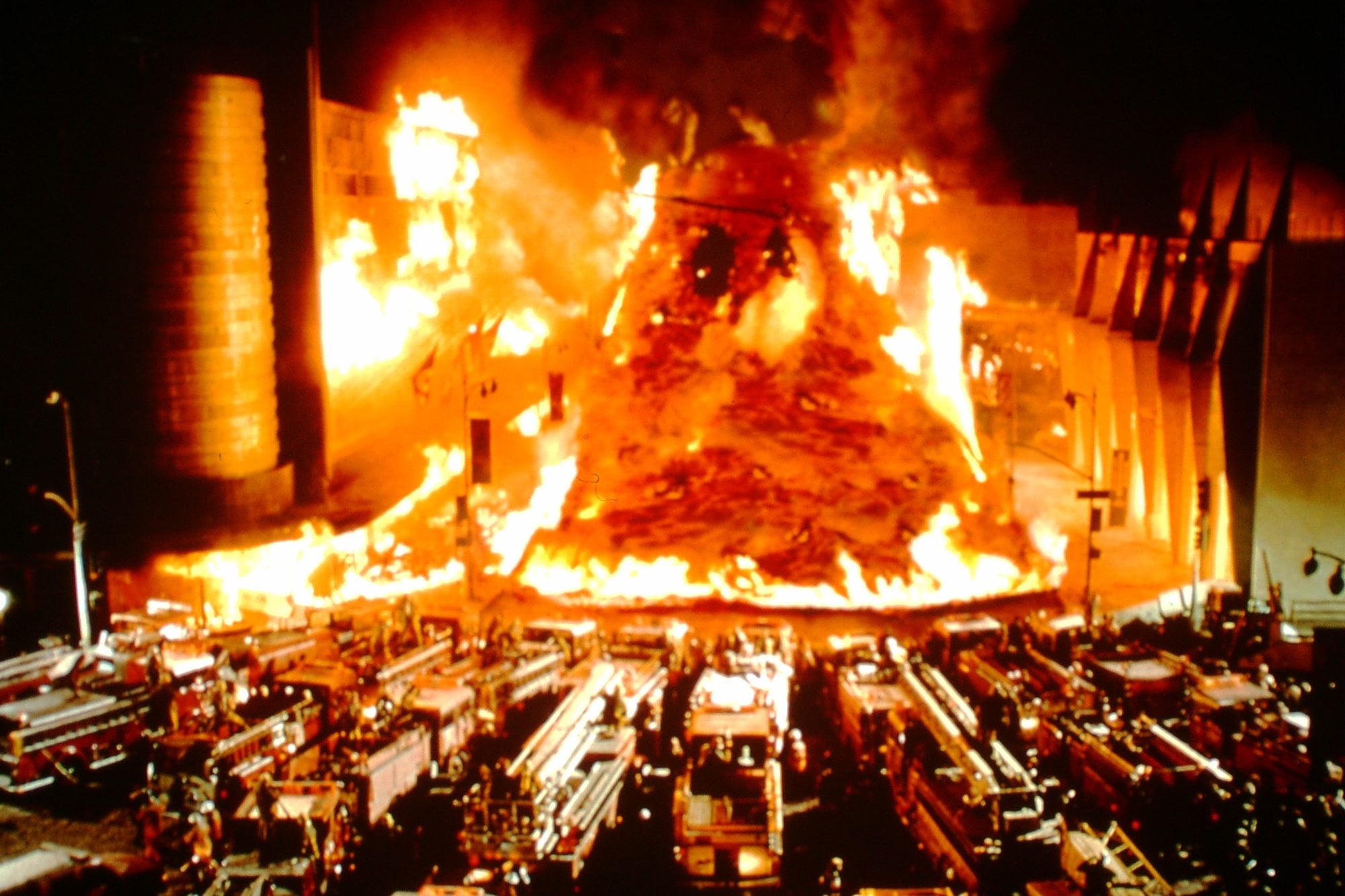The county’s emergency planning agency is betting that moviegoers, after watching a 300-foot tsunami barrel through a Norwegian fjord toward a small town, will be more receptive to information about disaster preparedness.
The Clark Regional Emergency Services Agency will host a screening of the disaster thriller “The Wave” 6 p.m. March 4 at Kiggins Theatre in Vancouver. It’s the first of what agency Emergency Management Coordinator Eric Frank hopes will be a recurring disaster movie night.
A movie night might draw a bigger and different crowd than the agency’s other modes of outreach, he said. “We do a lot of events every single year, but we know we’re still missing some demographics in there.”
In “The Wave,” the geologist protagonist and his family are about to leave town for his new job when a rock slide kicks off a massive tsunami, leaving everyone in the area 10 minutes to get to high ground or perish.
There isn’t a tsunami danger in Clark County, but Frank said emergency planners intend to use the screening to show people hazard maps, so they might better know what other risks exist around their homes. They also hope to get more respondents for a survey on local residents’ awareness and preparation habits. The survey is part of an update to the county’s emergency plans.
For possible future screenings, Frank said he’s thinking about door prizes, short promotional videos or interactive, social media-integrated events to help people engage.
The agency is already working on a good lineup of movies, assuming it decides to hold more film screenings, Frank said.
“I’ve looked at everything,” he said, from “The Day After Tomorrow” — one of his favorites in the disaster genre — to “Little Shop of Horrors.”
While a sudden global ice age or murderous plant life are pretty far-fetched, Frank said, it’s possible to draw out useful themes connected to emergency preparedness in lots of movies.
Disaster classics
Geology professor Adam Kent’s favorite disaster movie is 1997’s “Volcano” — he has a poster for the film hanging in his office at Oregon State University — if only for its tagline: “The coast is toast.”
“As volcanoes go, there was lots of physically implausible moments in that movie,” Kent said. “It was interesting because it, sort of, in a pretty non-realistic way, introduced what would happen if a volcano occurred in a major city.”
In the film, the La Brea Tar Pits form into a volcano, sending flows of lava through the streets of Los Angeles, and Tommy Lee Jones must intervene.
Kent said that’s not entirely outside of the realm of possibility.
In 1943, a volcano popped from the ground in the middle of a corn field in southern Mexico, killing three and forcing hundreds to leave two nearby towns.
Around the Northwest, volcanoes and earthquakes are where many people’s minds tend to go when they think about large-scale emergencies, Kent said.
“I think that’s sort of the legacy of Mount St. Helens, so there is a high level of public interest in volcanoes overall,” he said. “So maybe that can be used as a vehicle for awareness of disaster preparation.”
The 2013 survival movie “All Is Lost,” in which Robert Redford’s character gets lost at sea aboard a damaged sailboat, might make for a good study in how people prepare and respond to adversity, University of Washington instructor Bob Freitag said.
Freitag teaches urban planning and is the head of the school’s Institute for Hazards Mitigation Planning and Research.
“I like ‘The African Queen’ for overcoming adversity,” he added. That pits Katharine Hepburn and Humphrey Bogart against a World War I German warship.
“‘Waterworld’ was interesting from a climate-change prospective, but the point is lost in all of the, to me, over-the-top action,” Freitag said.
Improbable yet compelling
Liz Westby, a geologist at the U.S. Geological Survey’s Cascades Volcano Observatory, said she has a love-hate relationship with disaster movies.
For her and her peers, Hollywood’s bombast can be a bit much: shockingly dubious plate tectonics in “San Andreas” or the earth’s core not rotating in “The Core,” for instance.
“We just sit in the back and say, ‘What?’ ” she said.
Even then, she said, the heroes in these movies tend to be the ones who, in a roundabout way, do things right.
The hero “is the one that has good situation awareness,” she said. “They have the data, they talk to people, they can see what’s going on, they have the information that they need and they act on it.”
She added that disaster films can provide “a solid example of the need for individual preparedness and community resiliency, told in a very compelling manner.”




